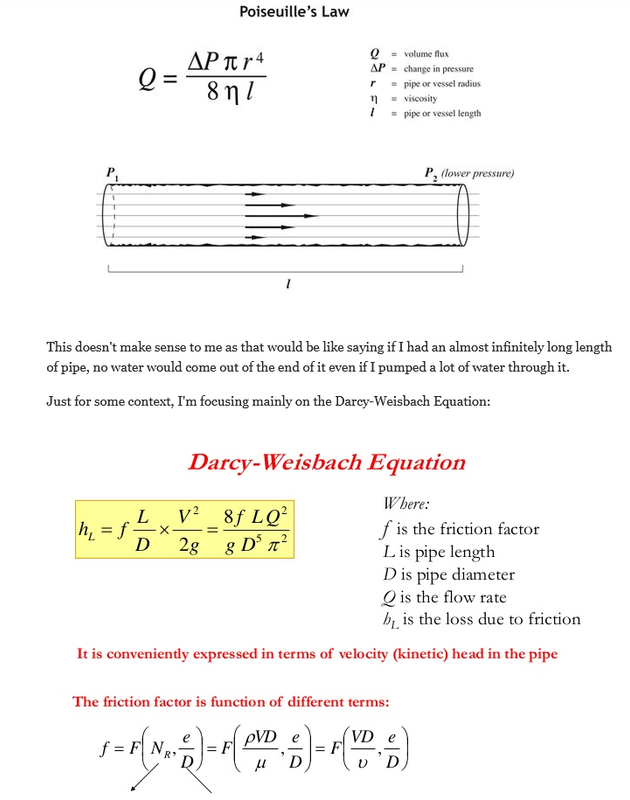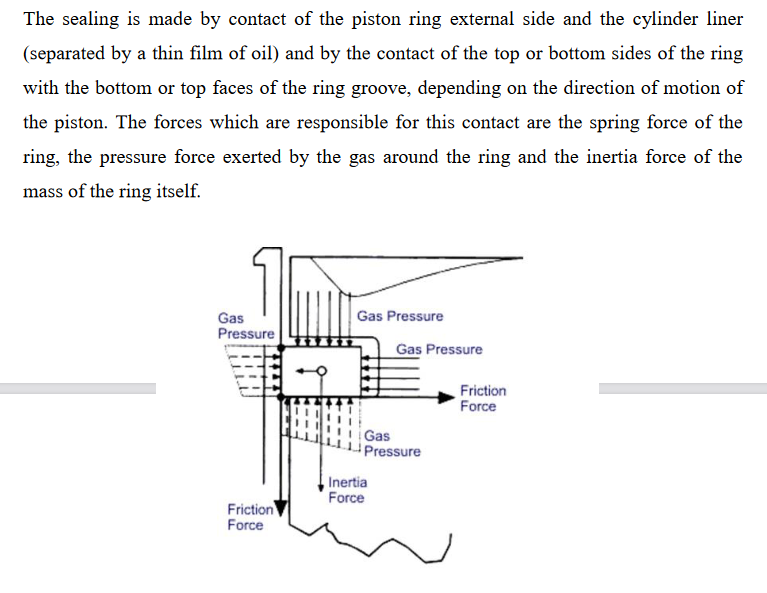Quote:
Originally Posted by jr_ss

|
There is barely any vacuum to begin with. 0.5" Hg is .245psi of vacuum.
You are missing the part where lines create friction and volume dissipates pressure signal.

If you add pipe it adds friction. Intercoolers add friction, they absorb kinetic energy which costs power, costs energy. Lines that feed oil add friction and slow oil flow they longer they get. Intake tubes that get longer add friction and increase pressure drop. Its fluid mechanics.
Adding cans and lines will raise the pressure, they
cause crankcase pressure. They work against the PCV system. Where does the vacuum signal originate from at wot? The air filter. That means for every line and can you add, now the air filter must become more restrictive to compensate. Its ANTI-Performance to add cans and lines. It takes ENERGY to move fluids through a hose, where does the energy come from? Its not free energy, no such thing.
And finally the can and lines does nothing useful. Healthy engines don't spew oil mass enough to cause harm to anything. Not to any engine thats even been produced by any manufacturer- not turbo, natural aspirated, not corvette engines used for track duty, nothing ever came with a catch can and nothing ever needed one. They fooled you, fooled everyone, into thinking you need one. You see everybody else has one, so you assume you need one also. Its just a cheap part they can sell you, everybody has $50 or $100 to buy a catch can. Everybody can afford it. Nobody is actually measuring their crankcase pressure before and after to realize - Hey! It hurts the engine! People lack education to understand the relationship between pressure and oil droplet size, to understand differential pressure of the ring pack, the pressure goes behind the ring to hold it against the cylinder wall from above while pressure from the crankcase is trying to force the ring up, unseating it and creating excessive blow-by, lost sealing, oil occlusion. The two forces on the end of the power stroke play tug of war as the piston decends and the higher the crankcase pressure is the sooner the ring will lose tension and switch sides allowing oil to enter the 2nd and 1st ring pack, causing burnt carbon glue to gradually stick the rings and prevent them from turning. And I am only brushing the subject.
